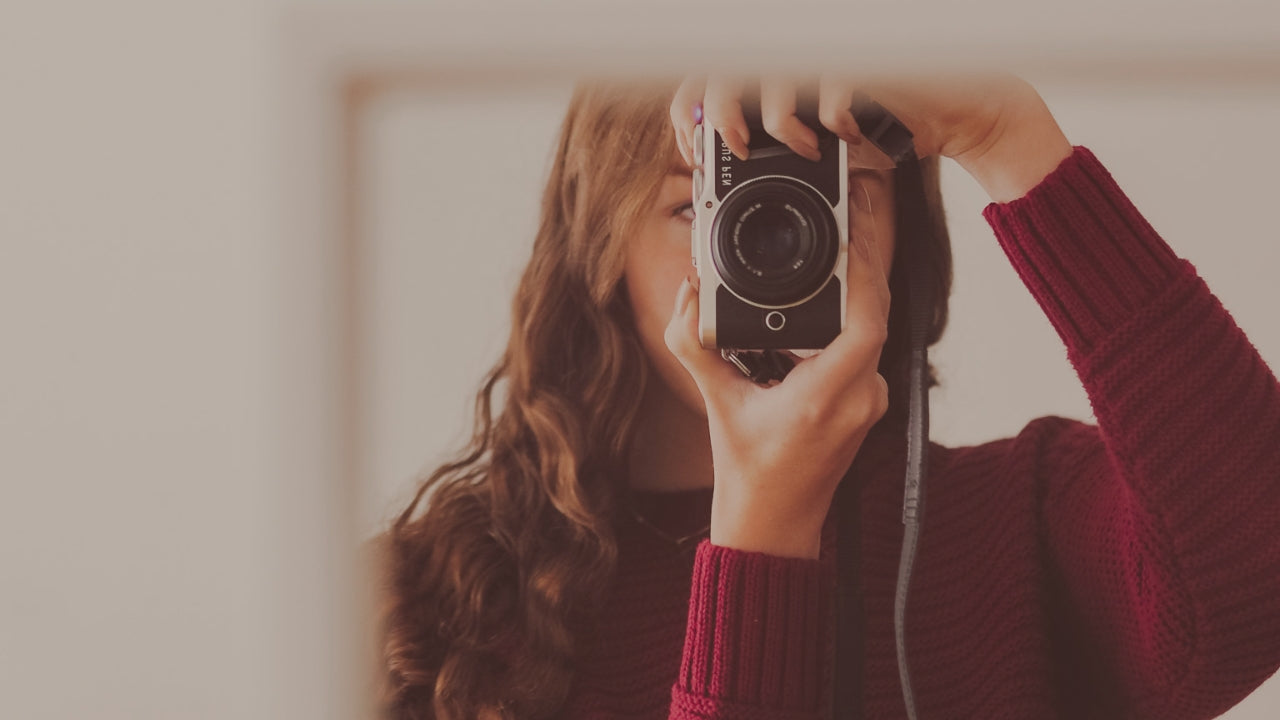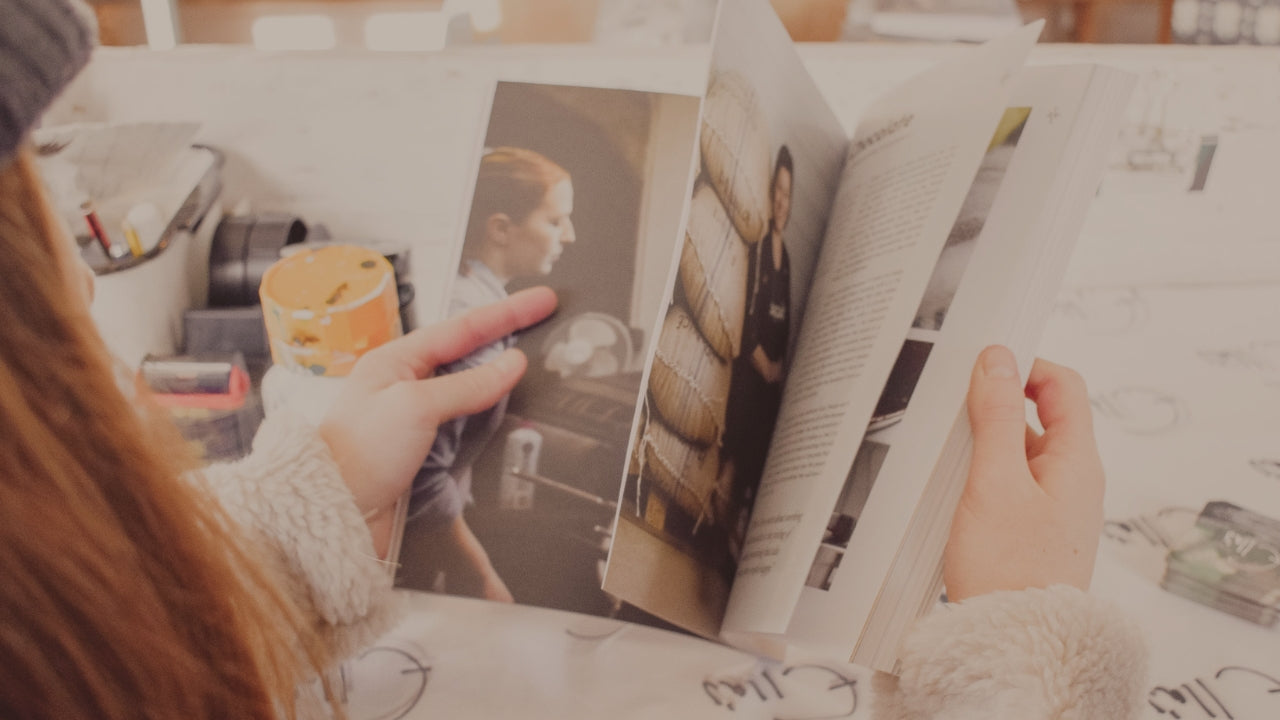
Social media limits our view on how to make money from our art
Social media has narrowed our view of what is possible when it comes to making money from our art. It has profoundly changed the way we share and promote our work.
Platforms like Instagram and Tik-Tok profit from our creativity and desire to go viral, making us believe that we're just one post away from achieving our dreams. That the only way to succeed is to constantly post and feed the machine.
It's like playing a slot machine, where we receive enough rewards to keep us hooked, thinking that the jackpot is just around the corner. Each coin inserted into the machine is a chance to win.
We fear we’ll be missing out on a jackpot of sales and opportunities if we don’t continue to play. For sensitive artists, like us, we feel this fear more acutely.
I believe it’s a result of a few things.
First, it’s common advice given to any artist looking to start or grow their online business.
Secondly, we witness how well it works for some artists. We see their big beautiful engaging accounts and believe that all of their success was a direct result of them using social media. Even though a part of us knows this isn’t necessarily the case, when we use the app it certainly seems that way.
Third, when people talk about marketing, the main focus is almost always about posting on Instagram or TikTok. It is prioritized over all other types of marketing.
And because we see and hear these messages constantly, we believe them to be gospel. The more we use social media the more it perpetuates this story and the narrower our perspective becomes. It places a fog over our eyes and makes it difficult to see what’s beyond that.
It doesn’t help that social media has pretty much become synonymous with “marketing”.
We become blind to the fact that there is a whole world outside of these platforms where artists can grow their businesses. We fail to see that artists with big accounts mostly likely have them because they do marketing outside of social media.
That is not to say that social media is not a useful tool. But that’s exactly what it is. It’s a tool inside of a toolbox, and not the entire toolbox itself.
So what other metaphorical tools can we add to our toolbox? Well, if we think about “marketing” as simply making people aware of our art’s existence then marketing can really be just about anything. (And, yes, I know that marketing is more complex than that but my intention is to get us to start thinking about opportunities outside of social media.)
The first place to start is to ask our current audience!
When I asked my customers “How did you first hear about me?”, their answers were surprising! I discovered that they found me through marketing channels that felt more low-key. Things like Pinterest, Google, and interior designers.
Many also said Instagram, but not in the way I originally thought. I used to believe that I needed to post every day and create cinematic-worthy content where I had to bear my soul and be vulnerable, entertaining, funny, relatable, etc. to get enough engagement to convert those viewers into customers. But what I learned from my post-purchase survey was that people weren’t finding me through my own posts but through other people’s Instagrams. This was a huge revelation because it meant that I didn’t have to force myself to post every day. All the stress I had about posting was pointless because it didn't lead to many sales anyway. I’m better off collaborating with designers and influencers and letting them share my art through their posts.
Other types of marketing can include things like:
- In-person events- shows, fairs, tradeshows, galleries
- Pitching to press outlets- local and/or national magazines, TV news stations, newspapers
- Pinterest (it’s a visual search engine with some social components, but I wouldn’t call it social media)
- Podcast interviews
- Selling wholesale to independent shops
- Collaborations with interior designers, companies, or influencers
- Licensing (I talk a bit about this in Passive Revenue Streams for Artists - a major benefit of licensing your art is that it helps your art reach a newer or larger audience while getting paid)
- Building an email list
- Referrals/ word-of-mouth (this might sound old-school but there is great power in referrals)
There is no doubt that social media has changed the way, we as artists share and promote our work, leading many of us to believe that our success depends on constantly posting and going viral. However, this narrow focus on social media can limit our opportunities to grow our businesses. It’s important to reframe how we think about using social media and the role it plays in our art’s success. We have to keep in mind that it’s one tool out of the many available to us.
Want to continue exploring this topic? Check out these posts:
4 passive methods for introverted artists to boost online sales
Why licensing is a perfect business model for highly sensitive introverted artists
or my exploratory audio guide Passive Revenue Streams for Artists
This article was updated on 6/21/2024




Leave a comment
This site is protected by hCaptcha and the hCaptcha Privacy Policy and Terms of Service apply.